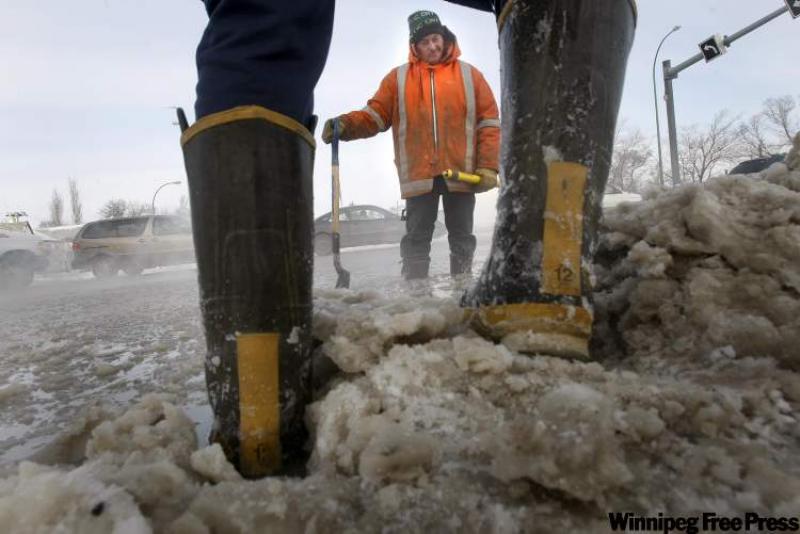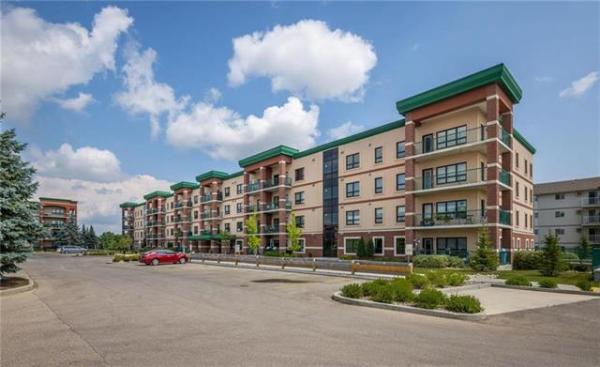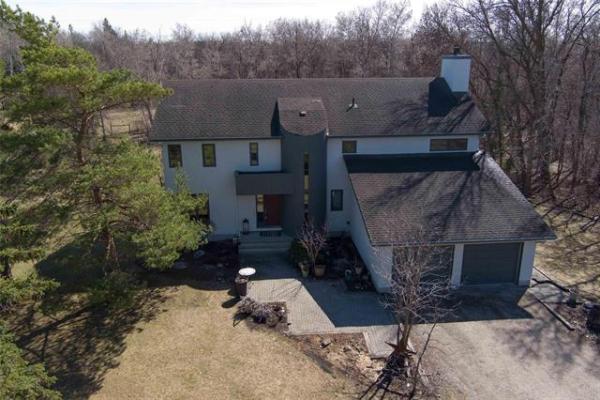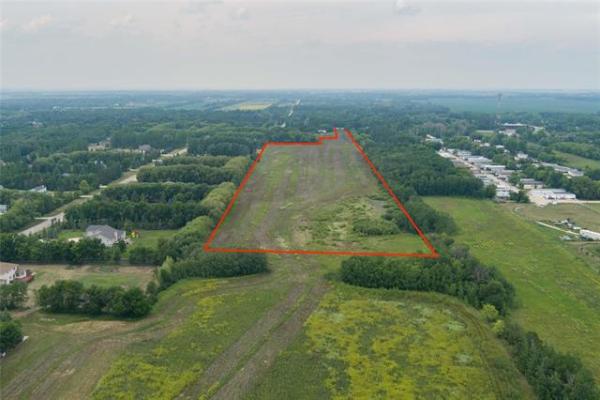QUESTION: I am trying to find information on who to contact about a collapsed sewer line. My husband had someone come in to clear a slowly draining laundry sink in our basement. It has been doing this off and on for years. We usually pour Liquid Plumber down it. The service guy said the snake hit mud and that we had a collapsed sewer line. He was going to try to arrange a contractor to do the work and then he said he was too busy. Can you let me know who I should call and what to ask? Can you tell me how much this kind of job usually costs?
Thanks, Chris Hurtubise
ANSWER: This may seem like an odd time of year to be discussing problems with underground sewers in homes, but problems are common in the winter. Blocked, collapsed or damaged sewer lines outside the home occur from excessive tree roots, which can become worse when the ground is frozen and trees search for water in the warm, wet sewer pipes. As requested, I will direct you to the appropriate technician for further investigation and offer some suggestions for possible ramifications of a damaged sewer.
One of the most insidious problems that can occur with homes is a blocked or damaged sewer. That is because a large portion of the plumbing drain piping that services your home is not visible. The hidden portions of this system are buried under your basement floor or outside the home, typically deep underneath the front yard. The portions underneath your basement floor are not that likely to become damaged over time due to protection from the concrete floor and foundation of the home. The outside portions, however, can often become damaged due to excessive soil pressure, shifting, or excessive tree root growth. The sneaky part of this problem is that it may occur, and continually become worse for several years, without your knowledge.
Most older exterior plumbing drains are short sections of pipe that are belled at one end and pressure-fitted together to provide a continuously sloped drain connected to the municipal sewer under the street. While the connections between the pipes are not normally welded or permanently fastened, they do provide a type of flexibility to the lengthy drains. As soils shift slightly, the joints allow the short sections of pipe to move relative to each other. This movement normally prevents cracking or crushing of the drain pipe, but may also have a negative side-effect, as well. As the joints move they are more likely to allow small gaps to appear between the individual sections. These openings at the joints may allow some water and sewage to escape to the soil surrounding the drain, but the bigger problem is what it lets in. Tree roots and other moisture-seeking vegetation now have a direct route to the wet, warm environment inside the drain.
While a limited amount of small tree roots inside older exterior drains is considered normal, it can become problematic if left unchecked. If the roots are allowed to grow unabated, they may become large enough or plentiful enough to cause damage to the drain piping. This may occur due to water pressure from backed-up effluent leaving your house or actual splitting of the piping by the roots. Once this occurs, partial or total collapse of sections of drain piping is possible. As you can imagine, replacement of these pipes one or two metres under your front yard will be difficult and expensive.
The first thing to do, without jumping to conclusions based on the speculation of only one individual, is to inspect the inside of the drain pipe system. It is often a simple procedure. Many of the same plumbers or rooter technicians that you call in to clear your plugged drain have specialized cameras and video equipment designed specifically for this purpose. Once the main cleanout is located, normally just above the basement floor slab near the front wall of the home, the drains can be accessed. The drains should initially be cleared of as much roots and debris as possible by a rooter machine, before the video snake camera is sent down the pipe. Most of these video systems not only have a camera and recording device, they also have a meter to record the length that the snake is inserted into the sewer pipes. This information may be critical if there is major damage to the pipes.
If the sewer cleaning and video recording reveal a substantially functional drain pipe all the way to the connection to the municipal sewer, then regular cleaning every few years by a competent rooter technician or plumber may be all that is needed. If partially collapsed or substantially damaged sections of pipe are visible on the video, or if the piping is completely blocked, major repairs are warranted. The importance of the metering on the video now comes into play.
By measuring from the outside of the foundation to the distance where the damaged pipe occurs on the video, you should be able to determine the approximate location of the defect. If this damage occurs on your property, you are likely on the hook for the entire cost of repair. If the damage occurs on the municipally owned property, you may have minimal costs. In Winnipeg, a program exists that reimburses homeowners with damaged sewer connections, as long as the damage is on city property. The video will be required as proof, as well as following the procedure outlined for obtaining and submitting a few quotes from city-approved sewer repair contractors. If you are lucky, and the damage is found to be outside your property line, this can save you thousands of dollars in repair costs. Details can be found on the City of Winnipeg website or you can call the 311 phone line.
I would like to wish all my faithful readers a Happy New Year and thank you for your feedback, compliments and excellent inquiries over the past year. Keep the questions coming!
Ari Marantz is the owner of Trained Eye Home Inspection Ltd. and the president of the Canadian Association of Home & Property Inspectors - Manitoba (www.cahpi.mb.ca). Questions can be emailed to the address below. Ari can be reached at (204) 291-5358 or check out his website at www.trainedeye.ca.
trainedeye@iname.com




